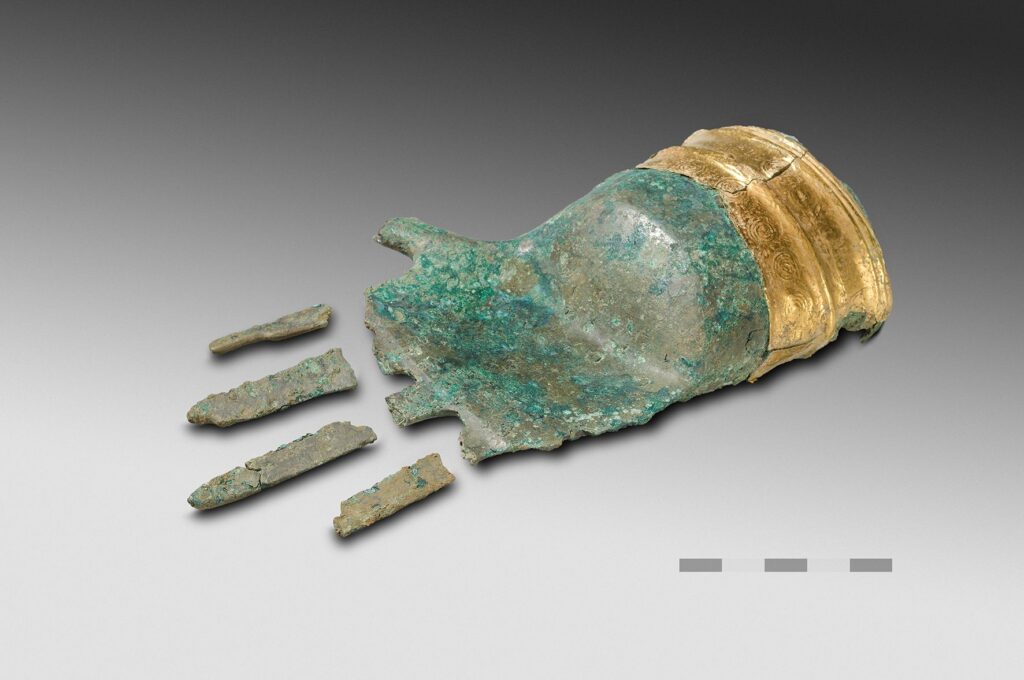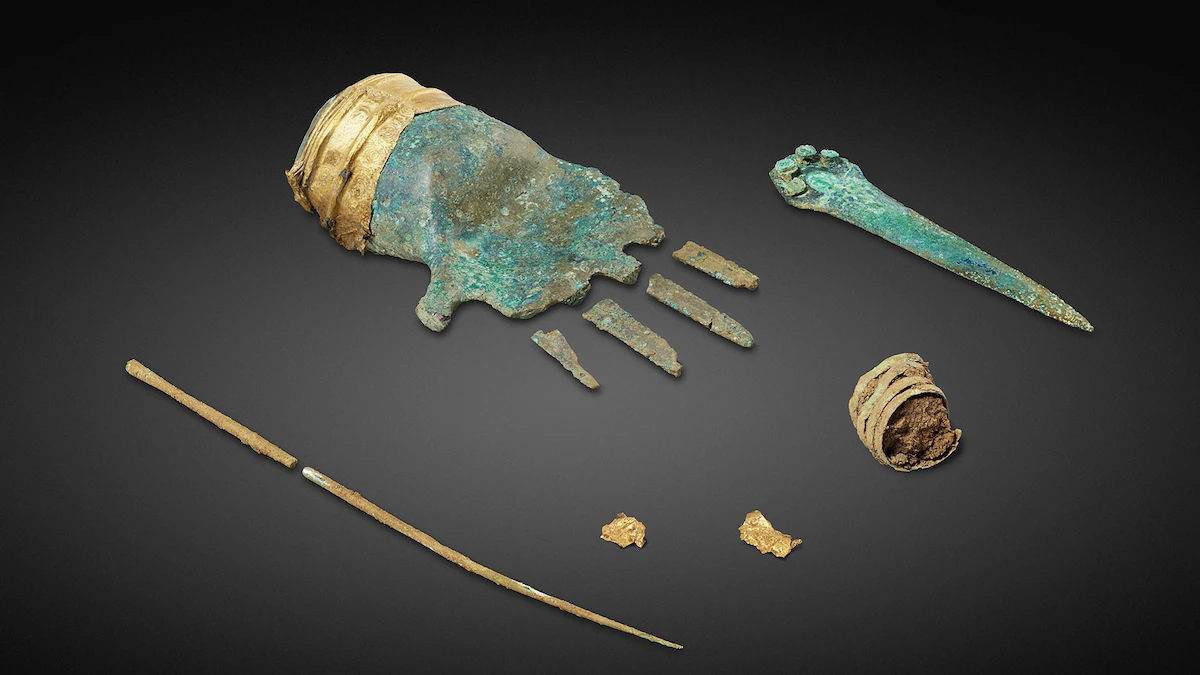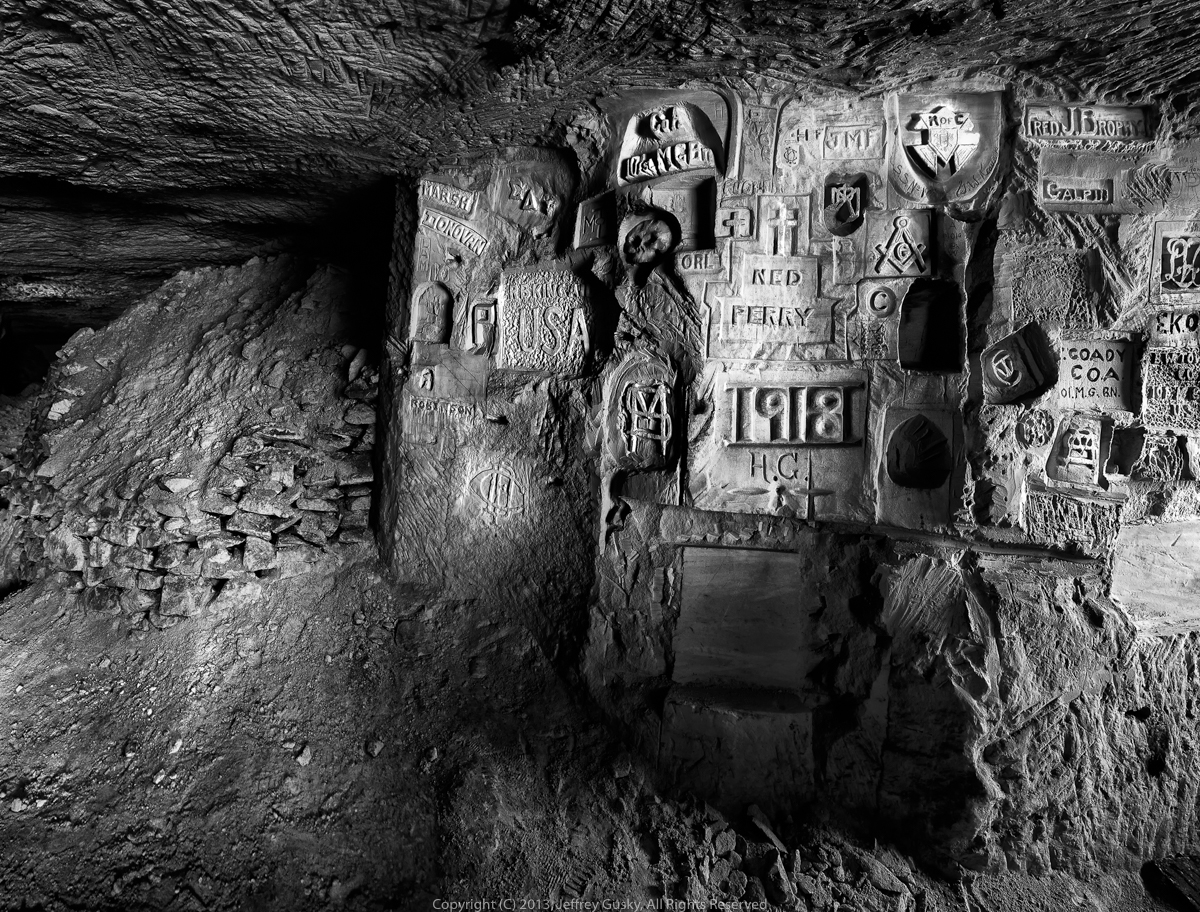In 2017, archaeologists made a baffling yet potentially ground-breaking discovery. It is a peculiar artifact from an ancient grave near Lake Biel in Bern’s western Swiss canton. The artifact in question is a 3,500-year-old bronze hand. It may as well be the earliest metal representation of a human body part ever found in Europe.
A fascinating discovery
Read More: Medieval Sword Found in Poland
Initially found by metal detectorists, the bronze hand was discovered near the remains of a bronze dagger and human rib. The hand is only slightly smaller than life-sized and is made of more than a pound of bronze. It also has a gold foil cuff and a socket glued inside. The socket would have allowed it to be mounted onto a stick or a pole.

“We had never seen anything like it,” says Andrea Schaer, Head of the Ancient History and Roman Archeology Department at the Bern Archaeological Service. “We weren’t sure if it was authentic or not – or even what it was.”
Schaer and her team were pointed to the tiny village of Prêles by the original treasure hunters. The team then spent seven weeks excavating what turned out to be a badly damaged grave on a plateau above Lake Biel. Radiocarbon dating revealed that the hand is indeed ancient, dating back to the middle Bronze Age, from 1,400-1,500 B.C.
Read More: 800 Year old Complete Chain Mail Vest Discovered
“To the knowledge of Swiss, German, and French specialists, there has never been a comparable sculpture dating from the Bronze Age in Central Europe,” the Archaeological Service of the Canton of Bern said in a press release. “It is, therefore, a unique and remarkable object.”
What does the hand signify?
According to the Archaeological Service of the Canton of Bern, the “hand of Prêles” probably belonged to a high-ranking person.
Schaer’s team found the bones of a middle-aged man in the same gravesite from where the hand was found. Along with the bones, Schaer excavated a long bronze pin and a bronze spiral, probably worn as a hair tie. Moreover, the team found fragments of gold foil that matched those that decorated the bronze hand. The artifacts also included one of the sculpture’s broken fingers, indicating that the hand was originally buried with the man.
Read More: Who Were the Knights Templar?
The ornate hand was once used as a symbol of power. However, it remains unclear if it was once part of a larger sculpture or simply the top ornament of a staff. If it is indeed part of an ancient sculpture, the hand may be part of the oldest bronze sculpture ever found in Europe.

Researchers believe that uncovering this mysterious man’s identity would help them decipher the meaning of the unusual bronze hand. “It is still too early to determine whether the hand was made in the Trois-Lacs region or in a more distant region. We know neither the meaning nor the function attributed to it. Its gold ornament suggests that it is an emblem of power, a distinctive sign of the social elite, even of a deity.”
The future of the Bronze Hand
The bronze hand will be on display in Biel, Switzerland, for the next month. Meanwhile, Archaeologists are still puzzling over the find. “It must have been placed on something, but we don’t know what,” says Schaer. The socket hints that it was either used to adorn a statue, was mounted on a scepter, or even worn as a prosthetic. For now, no one really knows. The truth remains elusive.

Since the original treasure hunters removed it with no proper documentation, it is currently impossible for archaeologists figure out how the hand was originally stored or arranged in relation to the body.
Read More: Found: 1,600 Year Old Sword That Belonged to a Roman Soldier
“Finds like this remind us how many gaps there still are in our knowledge about the past,” says Stefan Hochuli, Head of the Department of Monument Preservation and Archaeology. “It gives us a glimpse into the spiritual world of this society. And it’s a lot more complex than we often think.”
Hochuli continued, “The fact that we know of thousands of Bronze Age graves and have never found anything like this shows it’s pretty special. Finds like this remind us how many gaps there still are in our knowledge about the past.”






